
The Smithsonian Institution, or simply the Smithsonian, is a group of museums, education and research centers, the largest such complex in the world, created by the U.S. government "for the increase and diffusion of knowledge." Founded on August 10, 1846, it operates as a trust instrumentality and is not formally a part of any of the three branches of the federal government. The institution is named after its founding donor, British scientist James Smithson. It was originally organized as the United States National Museum, but that name ceased to exist administratively in 1967.
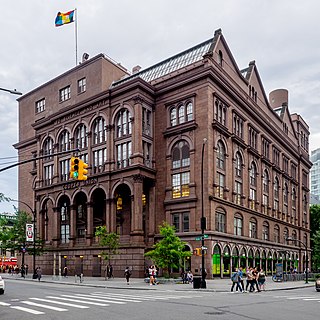
The Cooper Union for the Advancement of Science and Art, commonly known as Cooper Union, is a private college on Cooper Square in Lower Manhattan, New York City. Peter Cooper founded the institution in 1859 after learning about the government-supported École Polytechnique in France. The school was built on a radical new model of American higher education based on Cooper's belief that an education "equal to the best technology schools established" should be accessible to those who qualify, independent of their race, religion, sex, wealth or social status, and should be "open and free to all".
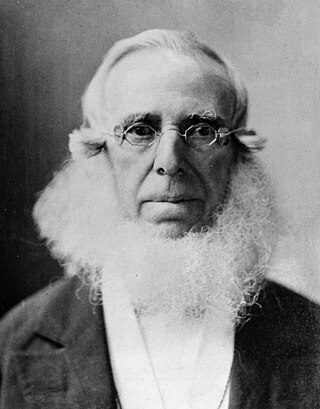
Peter Cooper was an American industrialist, inventor, philanthropist, and politician. He designed and built the first American steam locomotive, the Tom Thumb, founded the Cooper Union for the Advancement of Science and Art, served as its first president, and stood for election as the Greenback Party's candidate in the 1876 presidential election.

Cooper Hewitt, Smithsonian Design Museum is a design museum at the Andrew Carnegie Mansion in Manhattan, New York City, along the Upper East Side's Museum Mile. It is one of 19 Smithsonian Institution museums and one of three Smithsonian facilities located in New York City, along with the National Museum of the American Indian's George Gustav Heye Center in Bowling Green and the Archives of American Art New York Research Center in the Flatiron District. Unlike other Smithsonian museums, Cooper Hewitt charges an admissions fee. It is the only museum in the United States devoted to historical and contemporary design. Its collections and exhibitions explore design aesthetic and creativity from throughout the United States' history.

Abram Stevens Hewitt was an American politician, educator, ironmaking industrialist, and lawyer who was mayor of New York City for two years from 1887 to 1888. He also twice served as a U.S. Congressman from New York's 10th and chaired the Democratic National Committee from 1876 to 1877.

The Musée des Arts Décoratifs is a museum in Paris, France, dedicated to the exhibition and preservation of the decorative arts. Located in the city’s 1st arrondissement, the museum occupies the Pavillon de Marsan, the north-western wing of the Palais du Louvre. With approximately one million objects in its collection, the Musée des Arts Décoratifs is the largest museum of decorative arts in continental Europe. It is one of three museums operated by the non-profit arts association MAD, founded in 1882.

Ellen Lupton is a graphic designer, curator, writer, critic, and educator. Known for her love of typography, Lupton is the Betty Cooke and William O. Steinmetz Design Chair at Maryland Institute College of Art. Previously she was the Senior Curator of Contemporary Design at Cooper Hewitt, Smithsonian Design Museum in New York City and was named Curator Emerita after 30 years of service. She is the founding director of the Graphic Design M.F.A. degree program at Maryland Institute College of Art (MICA), where she also serves as director of the Center for Design Thinking. She has written numerous books on graphic design for a variety of audiences. She has contributed to several publications, including Print, Eye, I.D., Metropolis, and The New York Times.

Marian Bantjes is a Canadian designer, artist, illustrator, typographer and writer. Describing her work as graphic art, Marian Bantjes is known for her custom lettering, intricate patterning and decorative style. Inspired by illuminated manuscripts, Islamic calligraphy, Baroque ornamentation, Marian Bantjes creates detailed work, often combining the forms of her disparate influences.
Rodarte is an American brand of clothing and accessories founded and headquartered in Los Angeles, California, USA, by sisters Kate and Laura Mulleavy.
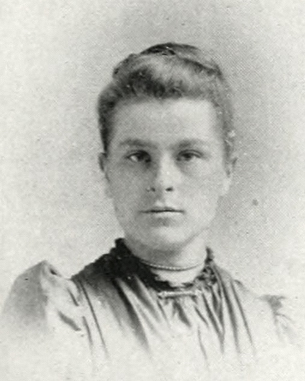
Alice Cordelia Morse was an American designer of book covers in the late 19th and early 20th centuries. Her work was inspired by the Arts and Crafts Movement, and she is often placed as one of the top three book designers of her day.

Dorothy Wright Liebes was an American textile designer and weaver renowned for her innovative, custom-designed modern fabrics for architects and interior designers. She was known as "the mother of modern weaving".

Uhuru Design is a Brooklyn-based design and build sustainable furniture company known for its reuse of used materials. Founded in 2004 by Rhode Island School of Design (RISD) graduates Jason Horvath and Bill Hilgendorf, Uhuru's acclaimed material reuse projects includes reclaiming and hand-working wood from the Coney Island Boardwalk and Kentucky bourbon distilleries, as well as upcycling found materials.
Elenhank was a textile design firm. It was started by artist Eleanor Kluck and her husband architect Henry Kluck. They blended their names together to create the company name. They started creating textiles in 1946. Eleanor Kluck designed and cut the lino-cuts that were used. She started working with Henry Kluck in 1948. In the mid-1950s they started to use screen-printing methods. In the 1970s they started designing textiles influenced by Northern Indiana landscapes.
Eleanor Close Barzin was an American heiress and socialite. Born a Close, her name changed to Hutton with her mother's 1920 marriage to Edward Francis Hutton. However, after her marriage to Leon Barzin her name became Eleanor Close Barzin, and stayed that way through the end of her life.
Peter Danko is an American inventor, designer, and artist. He focuses on creating sustainable designs that center on living in harmony with nature and creating a comfortable future. His work often involves re-purposing and recycling and he prefers to use resources he calls OMG: materials which can be seen by the casual eye to Obviously Manifest Green.
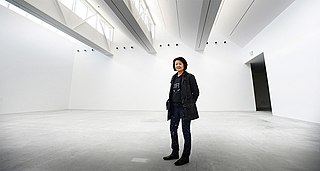
Toshiko Mori is a Japanese architect and the founder and principal of New York–based Toshiko Mori Architect, PLLC and Vision Arc. She is also the Robert P. Hubbard Professor in the Practice of Architecture at the Harvard University Graduate School of Design. In 1995, she became the first female faculty member to receive tenure at the GSD.

Lili Blumenau (1912–1976) was an American fiber artist. She was a pivotal figure in the development of fiber arts and textile arts, particularly weaving, in the United States during the mid-part of the 20th century.
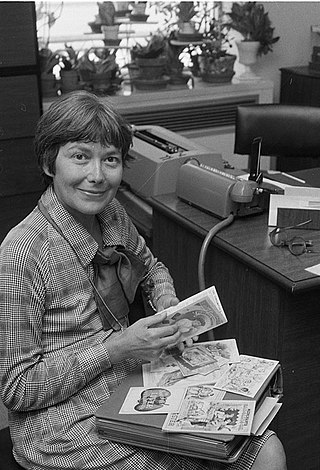
Lisa Suter Taylor (1933–1991) was an American artist and museum director. Taylor served as the first director of the Cooper-Hewitt Museum of Decorative Arts and Design from 1969 to 1987, and was the first woman director of a museum within the Smithsonian Institution.

Irwin Rubin was an American artist and educator known for his colorfully painted wood constructions.
Julian Clarence Levi was an American architect, watercolor painter, and philanthropist.















